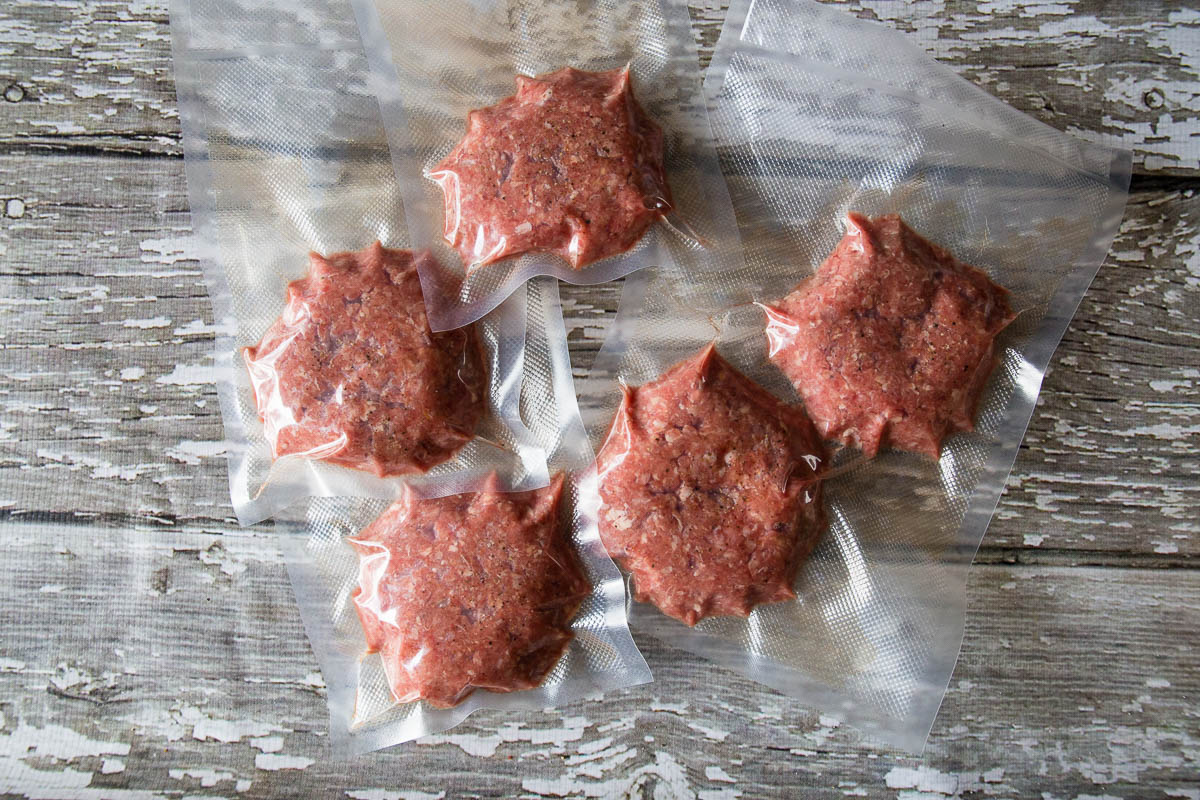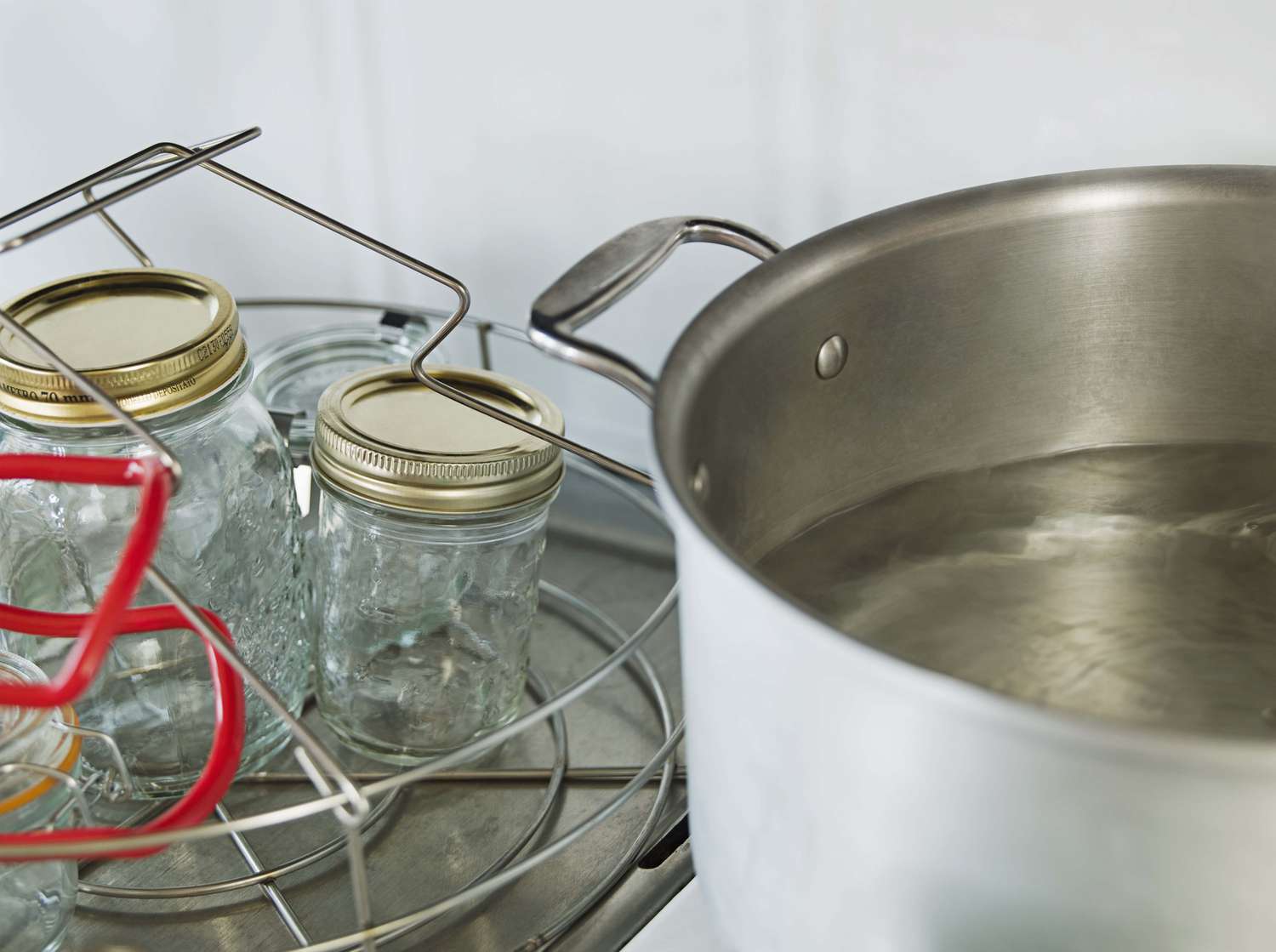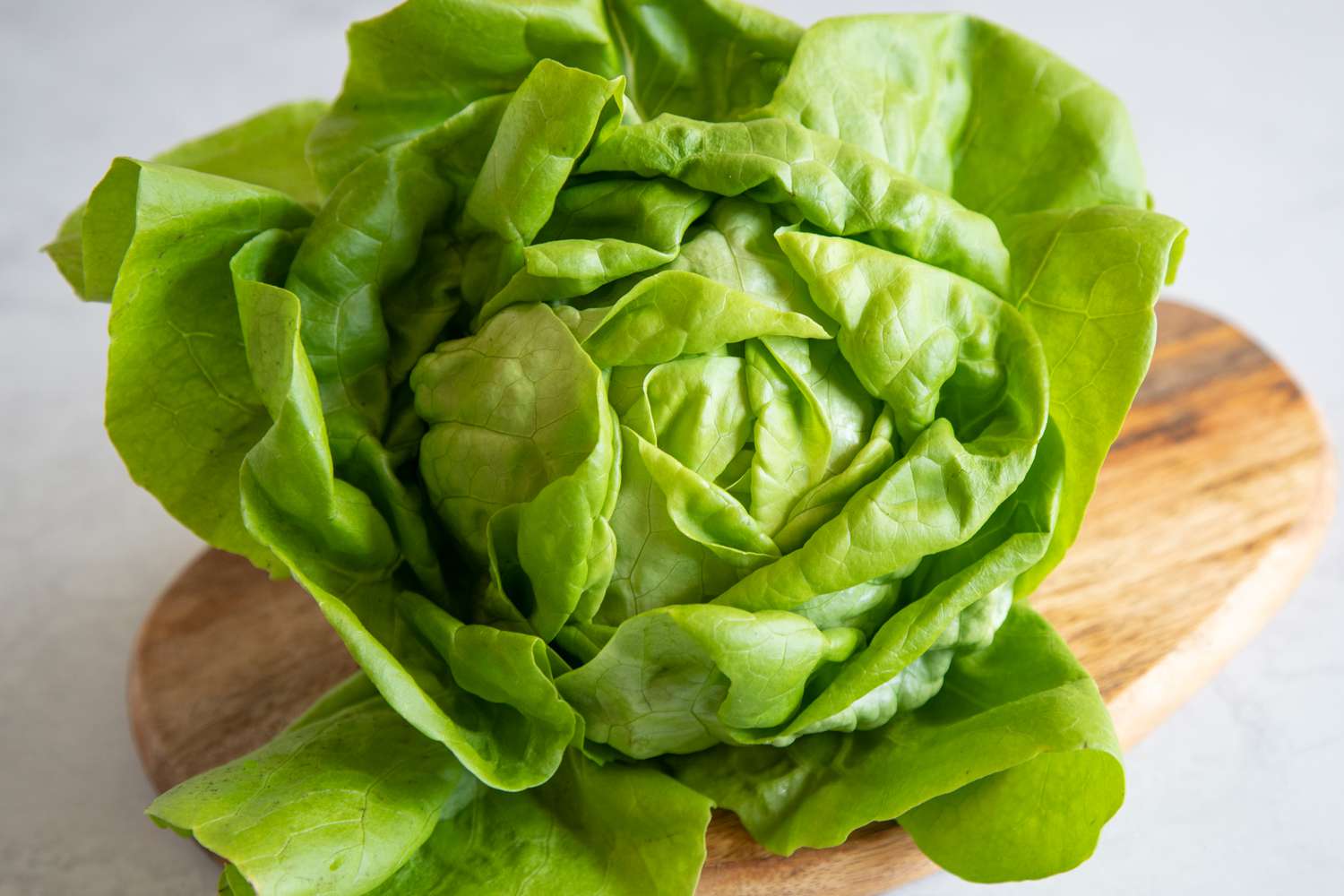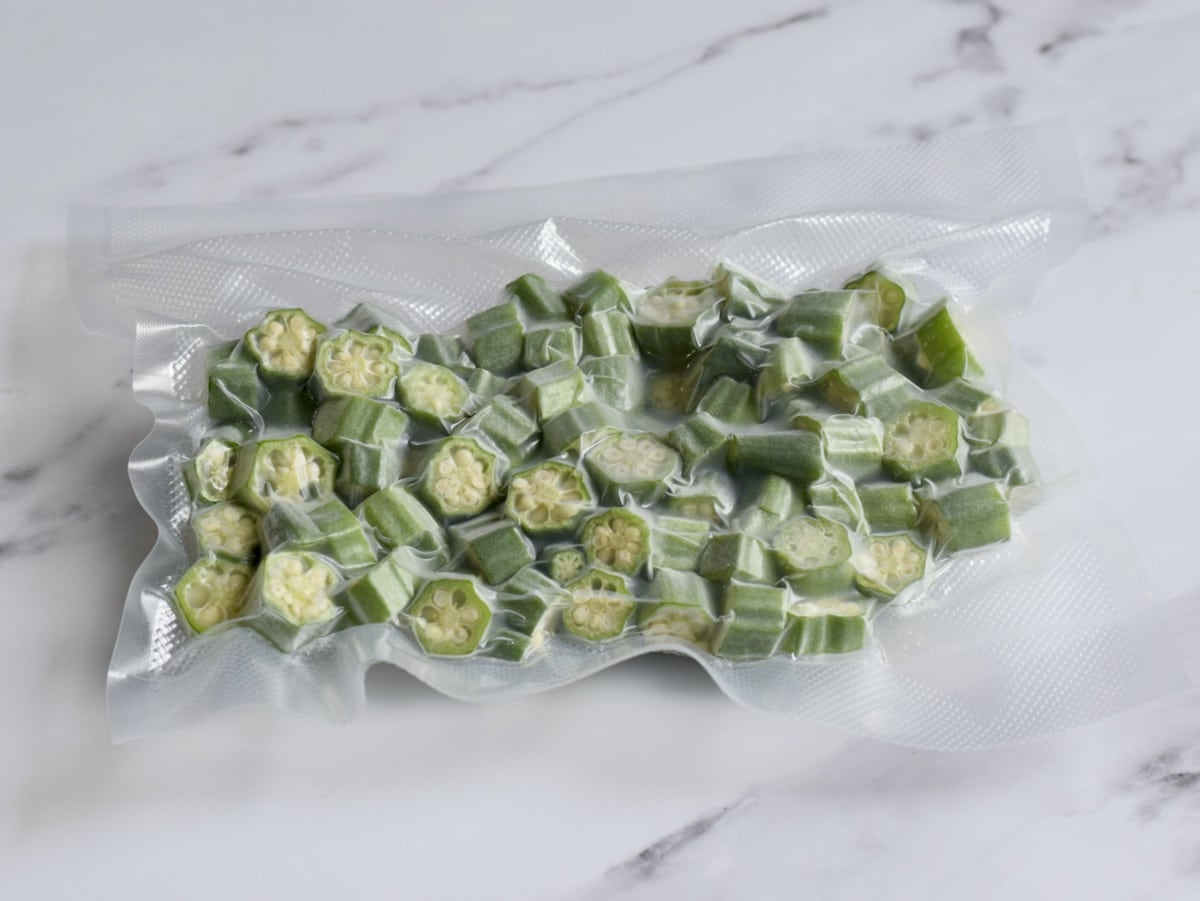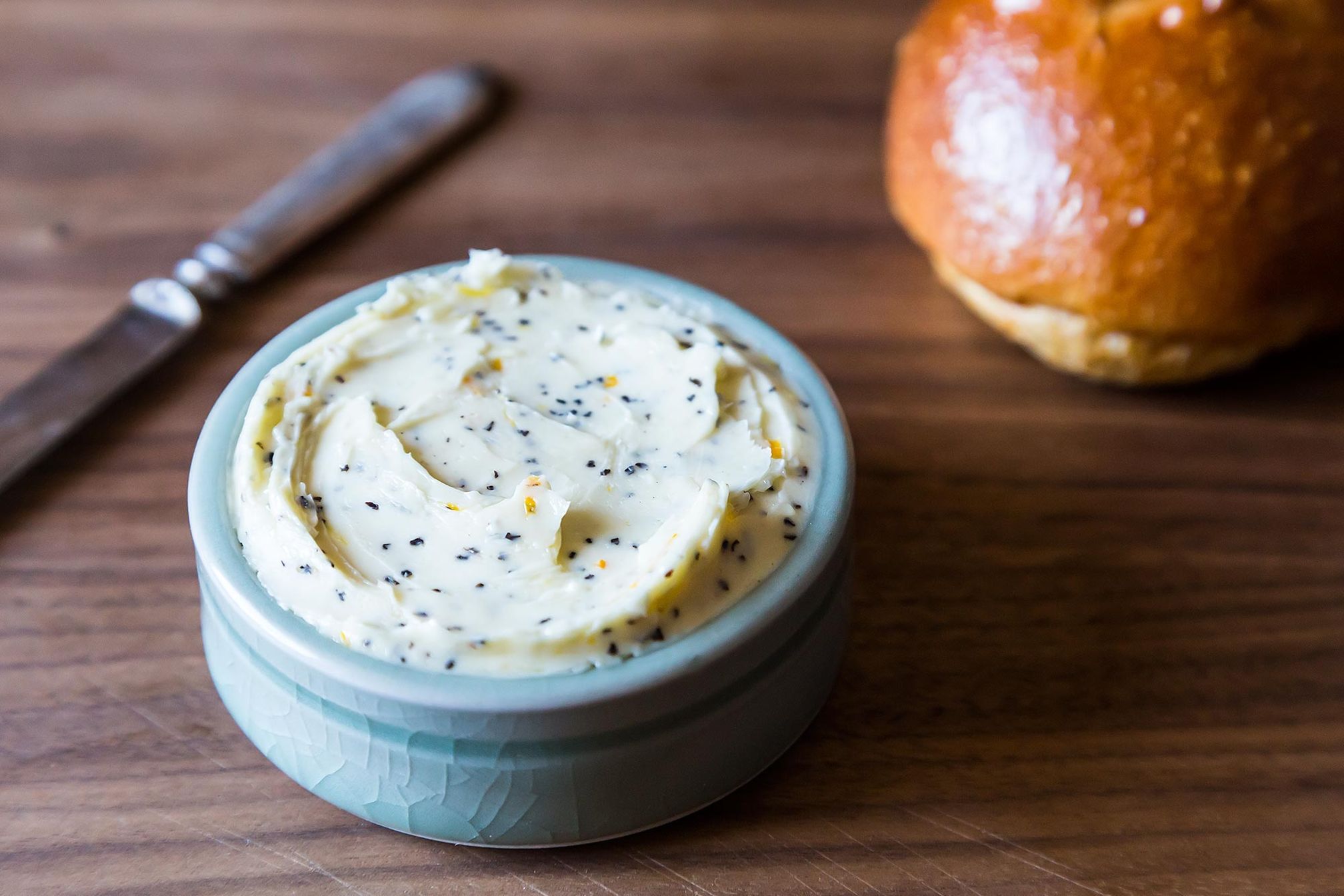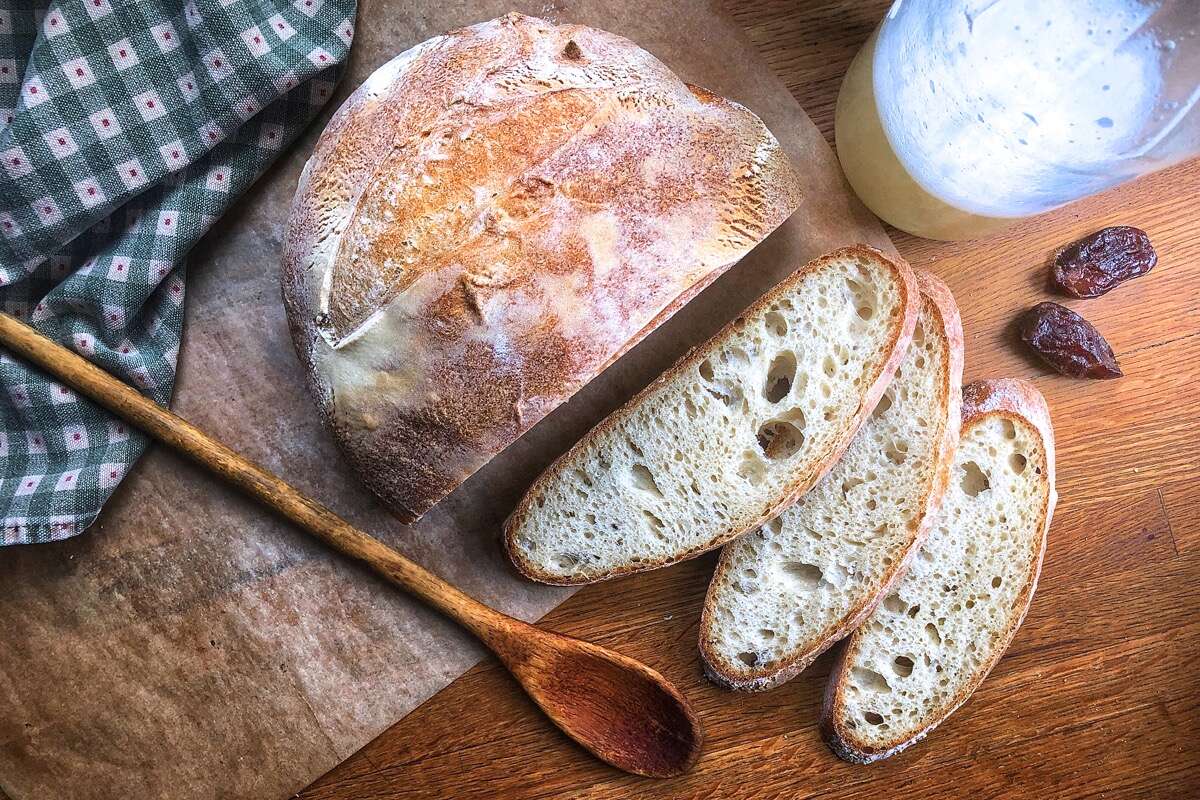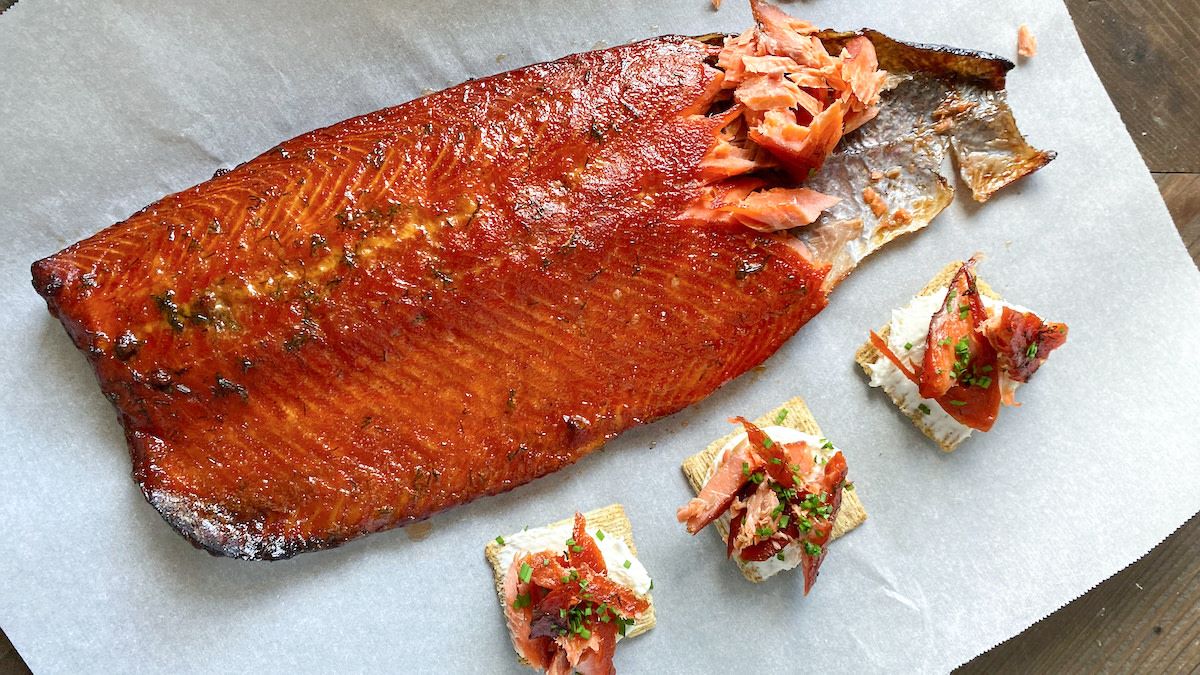Preserving Your Pasta: A Guide to Vacuum Sealing
Are you tired of your pasta going stale or getting infested with pests? Vacuum sealing your pasta can be a game-changer! Not only does it keep your pasta fresh for a longer time, but it also helps in saving space in your pantry. Here’s a step-by-step guide on how to vacuum seal your pasta like a pro.
What You’ll Need:
- Vacuum sealer machine
- Vacuum sealing bags or rolls
- Pasta of your choice
- Permanent marker
Steps to Vacuum Seal Pasta:
- Prepare the Pasta: Before vacuum sealing, make sure your pasta is completely dry. You can either air-dry it for a few hours or spread it out on a baking sheet to dry.
- Fill the Bag: Take a vacuum sealing bag or roll and cut it to your desired size, leaving extra space for sealing. Fill the bag with the dried pasta, leaving some room at the top for sealing.
- Seal the Bag: Place the open end of the bag into the vacuum sealer machine and follow the instructions to seal the bag. Ensure that the seal is airtight to maintain freshness.
- Label the Bag: Using a permanent marker, label the sealed bag with the type of pasta and the date of sealing. This will help you keep track of the freshness of your pasta.
- Store the Sealed Pasta: Once sealed and labeled, store the vacuum-sealed pasta in a cool, dry place away from direct sunlight. This will help preserve the quality of the pasta for an extended period.
Tips for Vacuum Sealing Pasta:
- Use Quality Bags: Invest in high-quality vacuum sealing bags or rolls to ensure a proper seal and long-term preservation.
- Avoid Overfilling: It’s important not to overfill the bags as it can affect the sealing process. Leave enough space for the machine to create a tight seal.
- Remove Air Pockets: Before sealing, try to remove as many air pockets from the bag as possible. This will help in maintaining the freshness of the pasta.
- Consider Portion Sizes: If you’re sealing different types of pasta, consider portioning them according to your usage. This will help in avoiding wastage when you open a sealed bag.
- Monitor the Sealed Pasta: Periodically check the sealed pasta for any signs of damage or air leakage. This will ensure that your pasta remains fresh for an extended period.
By following these simple steps and tips, you can effectively vacuum seal your pasta, keeping it fresh and ready to use whenever you need it. Say goodbye to stale and spoiled pasta, and enjoy the convenience of having perfectly preserved pasta at your fingertips!
Do you have any other tips for vacuum sealing pasta? Share your thoughts with us!
More Delicious Pasta Recipes to Try
After mastering the art of vacuum sealing pasta, the next step is putting this skill to practical use with an array of delectable recipes. Vacuum-Sealed Spaghetti Bolognese Meal Prep, for instance, offers a robust flavor and convenience for weekly meal planning. For a creamy delight, Make-Ahead Vacuum-Sealed Penne Alfredo is a must-try. Those looking for a quick and easy dinner option will find Pre-Portioned Vacuum-Sealed Ravioli for Easy Dinners particularly handy. Each recipe is designed to make your kitchen endeavors both enjoyable and efficient, using your newly acquired vacuum sealing skills to enhance meal freshness and simplify cooking.
Was this page helpful?
Read Next: How To Vacuum Seal And Freeze Potatoes

